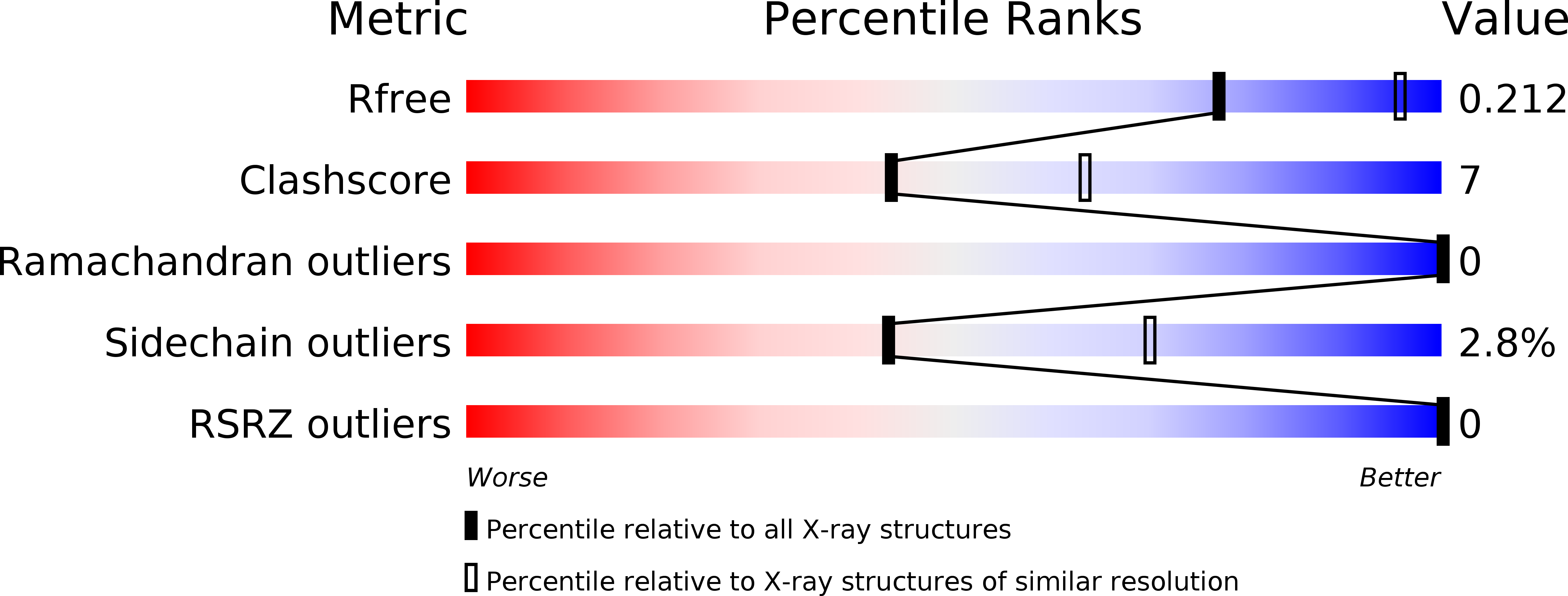
Deposition Date
2017-12-13
Release Date
2018-07-11
Last Version Date
2024-05-08
Entry Detail
Biological Source:
Source Organism:
Pseudomonas putida (Taxon ID: 303)
Pseudomonas putida (strain ATCC 47054 / DSM 6125 / NCIMB 11950 / KT2440) (Taxon ID: 160488)
Pseudomonas putida (strain ATCC 47054 / DSM 6125 / NCIMB 11950 / KT2440) (Taxon ID: 160488)
Host Organism:
Method Details:
Experimental Method:
Resolution:
2.50 Å
R-Value Free:
0.21
R-Value Work:
0.17
R-Value Observed:
0.17
Space Group:
P 41


